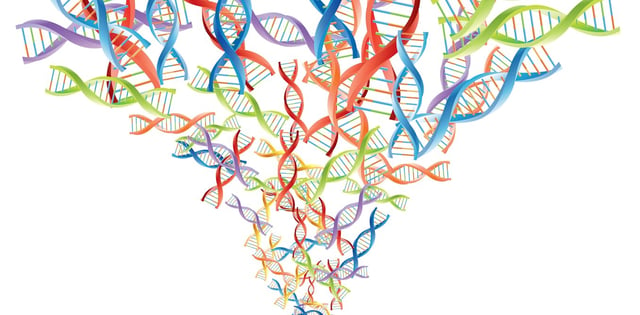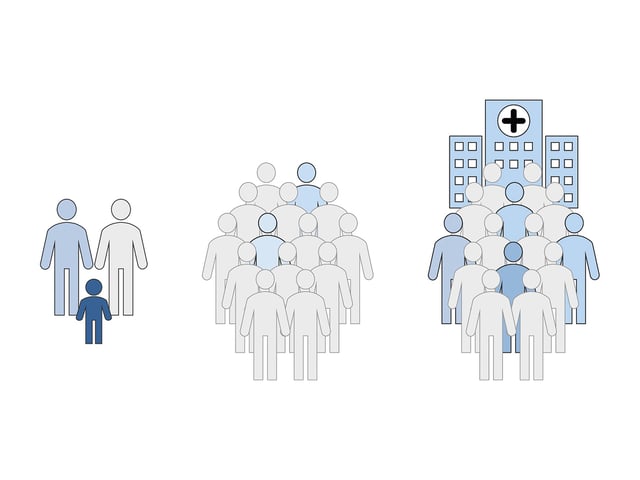Overview
- In 442 individuals from 124 16p12.1 families, researchers used whole-genome data and found assortative mating patterns that can stack risks across generations.
- Children with the 16p12.1 deletion carried more secondary variants than their carrier parents, aligning with more severe or broader symptoms.
- Specific classes of secondary variants tracked with distinct features, including short tandem repeat expansions linked to added nervous-system findings.
- Comparisons of clinic-referred families with population biobanks showed different primary–secondary relationships, underscoring how ascertainment skews observed outcomes.
- Authors say the results bolster a multi-hit model and point toward genome-wide context for future risk assessment, with larger and more diverse datasets still needed.

